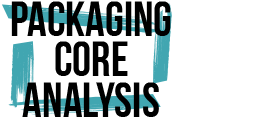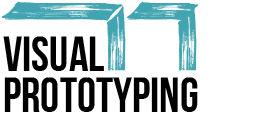Our
Tools
In HiBrands we are curious about everything.
We seek non-obvious conclusions and this motivates consumers and makes brands strong. Standard cognitive methods often lead to standard conclusions. That is why throughout the last 20 years we have developed our own tools that make it possible for us to look at the world of brands and buyers in a different way.
Not too many brands become iconic. It takes a long and difficult way to reach this status.
Iconic brands make for an important part of our daily life and their role is far beyond the very product category. Brands meet consumer needs and icons help release cultural tensions. They are also incorporated into important discussions, both on a current basis and more universal ones.
If a new brand is built from scratch, it may not be immediately converted into an icon with a touch of a magic wand. But it is a good idea to design it in such a way that it becomes part of our culture. Cultural branding is a proven method to ensure that the brand enjoys greater significance in the eyes of consumers.
When working on NPD projects or radical refreshments of current brands, we lay a considerable emphasis on assigning maximum cultural value to them. Our proprietary Icon Maker process is based on the key point of view. As part of workshops and joint works, brands are created in the contact point of different cultural tensions. We create a place for them not only on shop shelves but also in consumers' daily struggles.

Business goals are translated into the language of communication

We examine how and where consumers experience brands the most

We demonstrate trajectories of key trends

We uncover foundations of brands and packages

We test packaging designs in 3D

We help the brand nestle within organisations

We know how and where to look for creative impulses

We provide an impartial point of view